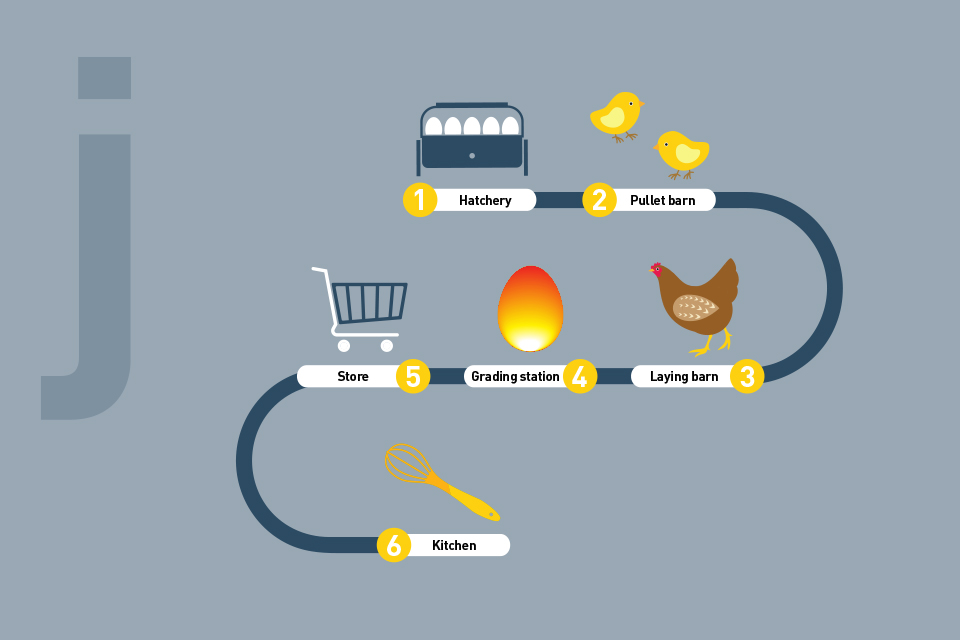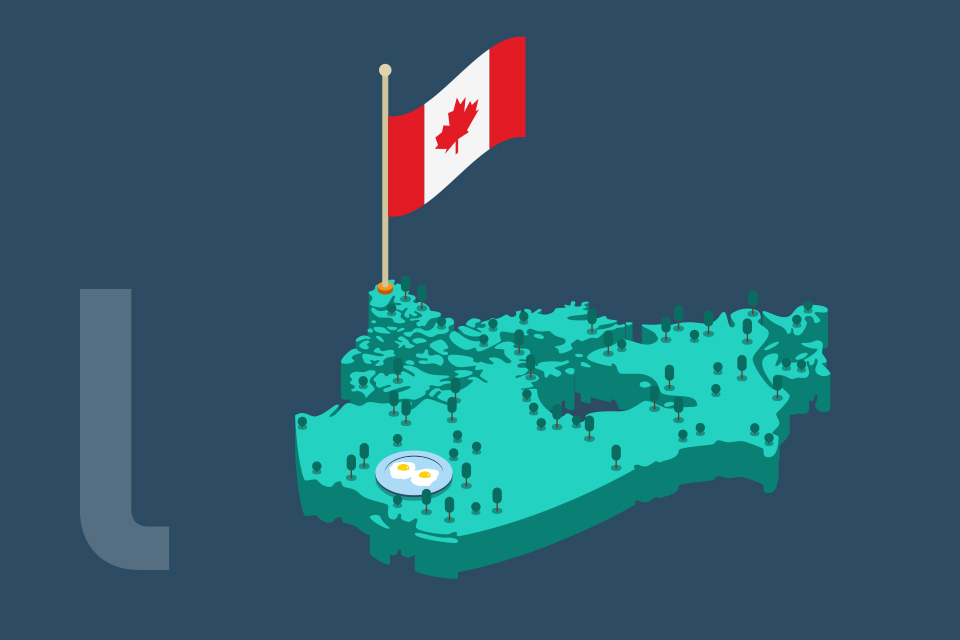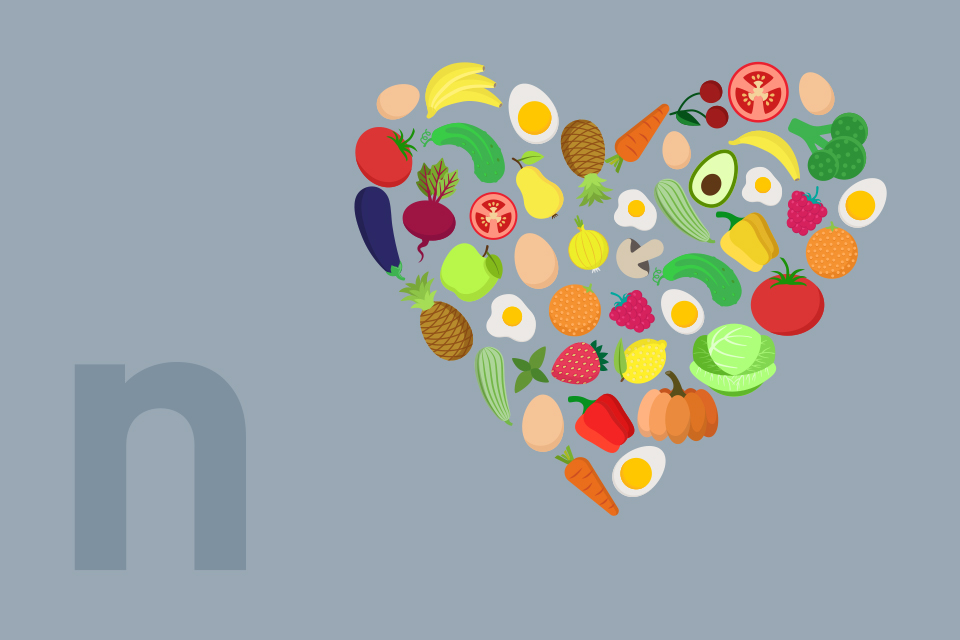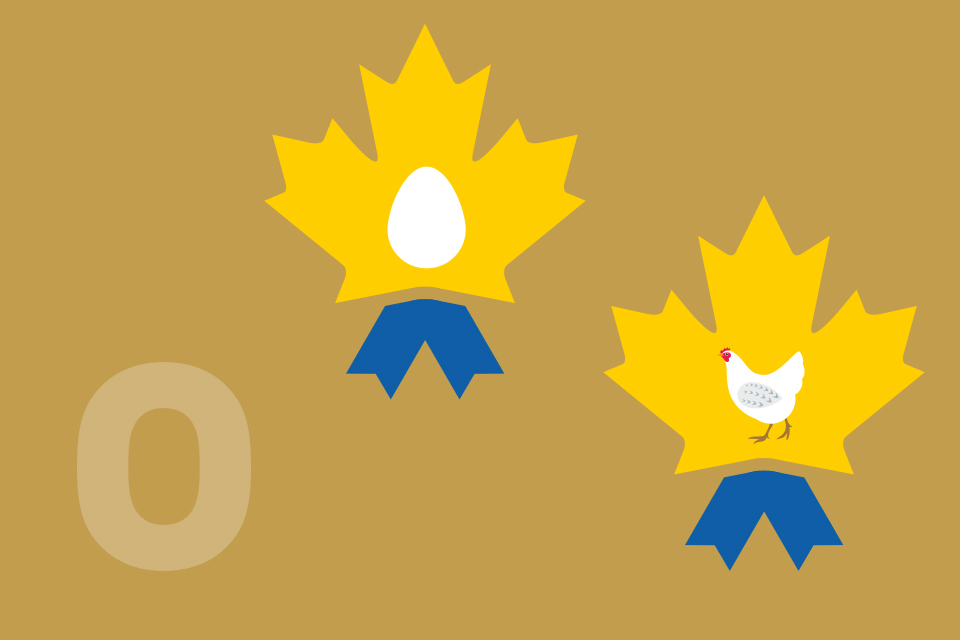
From E to Z: The journey of the nutritious, local egg and much more
By Egg Farmers of CanadaNew to this series? Read part one by clicking here.
We’re back with part two of our From E to Z series. It’s our alphabetical step-by-step look at everything you need to know about eggs and egg farming. Last time we covered farms, hens, grading and more. This time we start with…

J is for journey of the egg
… a journey that starts in the barn where eggs are collected. These eggs are stored in a cold place before they are shipped to a local grading station. Here the eggs are washed, gently scrubbed, rinsed and dried. This ensures the shell is free of dirt and bacteria.
Then comes the grading, which uses a technique called candling where the egg passes over a bright light, revealing the condition of the shell, the size of the air cell and whether the yolk is well-centered. The eggs are then separated into grades based on predetermined criteria, packaged according to their weight and delivered to the store for you to enjoy.

K is for kids
Eggs offer so much to our kids. The newest infant feeding guidelines from Health Canada, the Canadian Pediatric Society, Dietitians of Canada and the Breastfeeding Committee for Canada now recommend introducing whole eggs starting at six months of age, or as soon as children start eating solids. Study after study has shown the incredible benefits eggs offer our little ones! For example, pregnant and breastfeeding women who eat eggs can better meet their child’s need for choline, which helps boost learning and memory.1 Eggs can help regulate and maintain a child’s weight, and can help prevent an egg allergy for a lifetime.2

L is for local
… fresh, local, high-quality eggs! Thanks to our uniquely Canadian system of supply management, Canadian eggs are made by Canadians, for Canadians. With over 1,000 farm families in every province and the Northwest Territories—no matter where you shop, the eggs you buy at the store are local!

M is for multi-generational
The stability provided by supply management opens the door for new farmers and the next generation of agricultural leaders. Top expert Dr. Bruce Muirhead points out that “supply management perpetuates the family farm.”3 Family farms contribute to the vibrancy of rural communities, and the system helps ensure that the tradition of farming and the family business can be passed down from generation to generation. Some families have been farmers for decades. In fact, we’ve profiled a few of them—like the Newcombe family of Nova Scotia, who have been farming for ten generations.

N is for nutrition
It’s hard to find another food that has more nutrition packed into it than the humble egg. Two large eggs have 13 grams of protein and only 160 calories. Eggs are also full of iron, vitamins A, E, D and B12, folate, protein, selenium and much more. Eggs build healthy skin and eye tissue, strengthen bone and teeth, protect against heart disease, build and repair muscle, produce new cells… the list is enormous. There’s so much nutritional power in such a tiny, humble food!

O is for on-farm programs
Canadian eggs are produced according to the highest possible standards. Our farmers put animal welfare at the heart of their work and follow a national Animal Care Program, which includes inspections and third party audits. Meanwhile, our Start Clean-Stay Clean® program ensures your eggs are always clean and fresh. Everything from feed, storage, cleanliness and air quality is monitored through this important national program.
We have plenty of letters left to come —read more in part three of our From E to Z series!
1 Egg Farmers of Canada
2 Egg Farmers of Canada
3 Egg Farmers of Canada